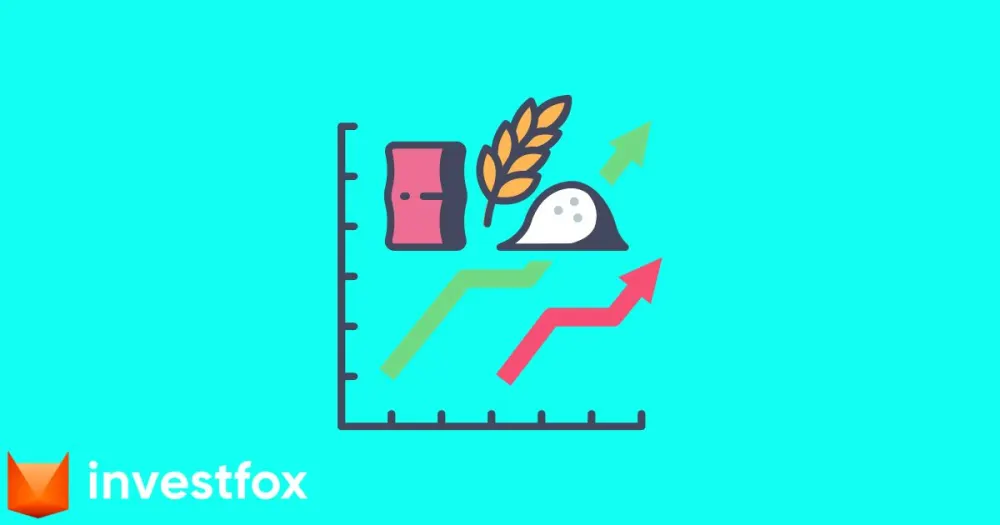Our partner, XM, lets you access a free demo account to apply your knowledge.
No hidden costs, no tricks.

If you are at all familiar with the equity markets, you must have heard about exchange-traded funds or ETFs. ETFs invest in a basket of assets unified by a theme, which may be a particular sector of the economy, asset type, etc. These ETFs sell their shares on the stock market and can be bought and sold just like any other stock.
Some ETFs invest in non-equity assets, such as commodities, which can include oil, gold, silver, livestock, etc.
Conversely, there are other types of funds that grant exposure to the commodities markets without having to go through the hassle of individually picking futures contracts to trade.
However, there are a few key distinctions between an ETF and an ETC, which we will cover in more detail in this investfox guide to exchange-traded commodities.
An exchange-traded commodity, or ETC, is a financial instrument that allows investors to gain exposure to the price movements of a financial commodity, without having to own the underlying asset. ETCs are traded on the stock exchange and are a convenient way of investing in commodities indexes.
Here’s how a typical ETC works on the stock market:
ETCs are typically not directly invested in commodities like commodity ETFs are. The assets of an ETC are often a debenture issued by a bank (i.e. the APs).
The key difference between ETCs and ETFs lies in the underlying asset. ETFs are a broad class of assets that can be invested in anything be it stocks, bonds, crypto, precious metals, etc.
ETCs, on the other hand, are focused on commodities including gold, and their assets are notes issued by financial institutions, as opposed to the physical assets that are held by ETFs.
For example, the United States Oil Fund ETF, or USO, is an ETF that invests in a range of derivatives of Brent crude, while the iShares Physical Gold ETC tracks the price of gold on the global market using financial derivatives, while retaining gold reserves to accurately track the price.
Another important difference is the trading hours of these assets:
The structure of ETFs and ETCs is also different. ETFs are often structured as open-ended funds, unit investment trusts (UITs), or grantor trusts, while ETCs are often structured as trusts.
Counterparty risk is another key point of difference between the two:
Let’s look at a practical example of an ETC, such as the iShares Physical Gold ETC. The ETC is traded on the London Stock Exchange under the SGLN ticker.
The ETC is backed by gold bullion which is held in a secure vault. Investors who buy shares in SGLN are gaining exposure to the movements of the price of gold on the market.

SGLN has returned -1.3% since the start of the year, which has been a part of the gradual slowdown of gold price growth in 2023.
The ETC was first issued on April 11, 2011, and has become one of the most popular gold ETCs on the market, with an on-book turnover of over GBP 2.76 million.
SGLN, much like other gold ETCs, has a few important advantages, such as:
Before putting your capital at risk, it is important to consider the inherent risks and benefits associated with trading exchange-traded commodities to decide whether it is the right course of action for your financial objectives.
Our partner, XM, lets you access a free demo account to apply your knowledge.
No hidden costs, no tricks.
An exchange-traded commodity, or ETC, is a financial instrument that exposes investors to commodities derivatives without needing to invest in physical assets of futures themselves.
ETCs can be more volatile than most ETFs and offer lower expense ratios, which can be an advantage. However, ETCs also carry a considerably higher counterparty risk than ETFs and might not be suited for long-term investors.
ETCs are traded on major stock exchanges and they trade around the clock to track the price movements of the underlying commodities.